YYYYMMDD >>> BACK HOME <<< >>> SELECTED FEATURES <<< >>> HIDDEN ARCHIVE <<<
[20220401]
SCLUPTURE 3D by MADS LINDBERG at SIMIAN [from 20220212 to 20220402]
[Photos: GRAYSC]
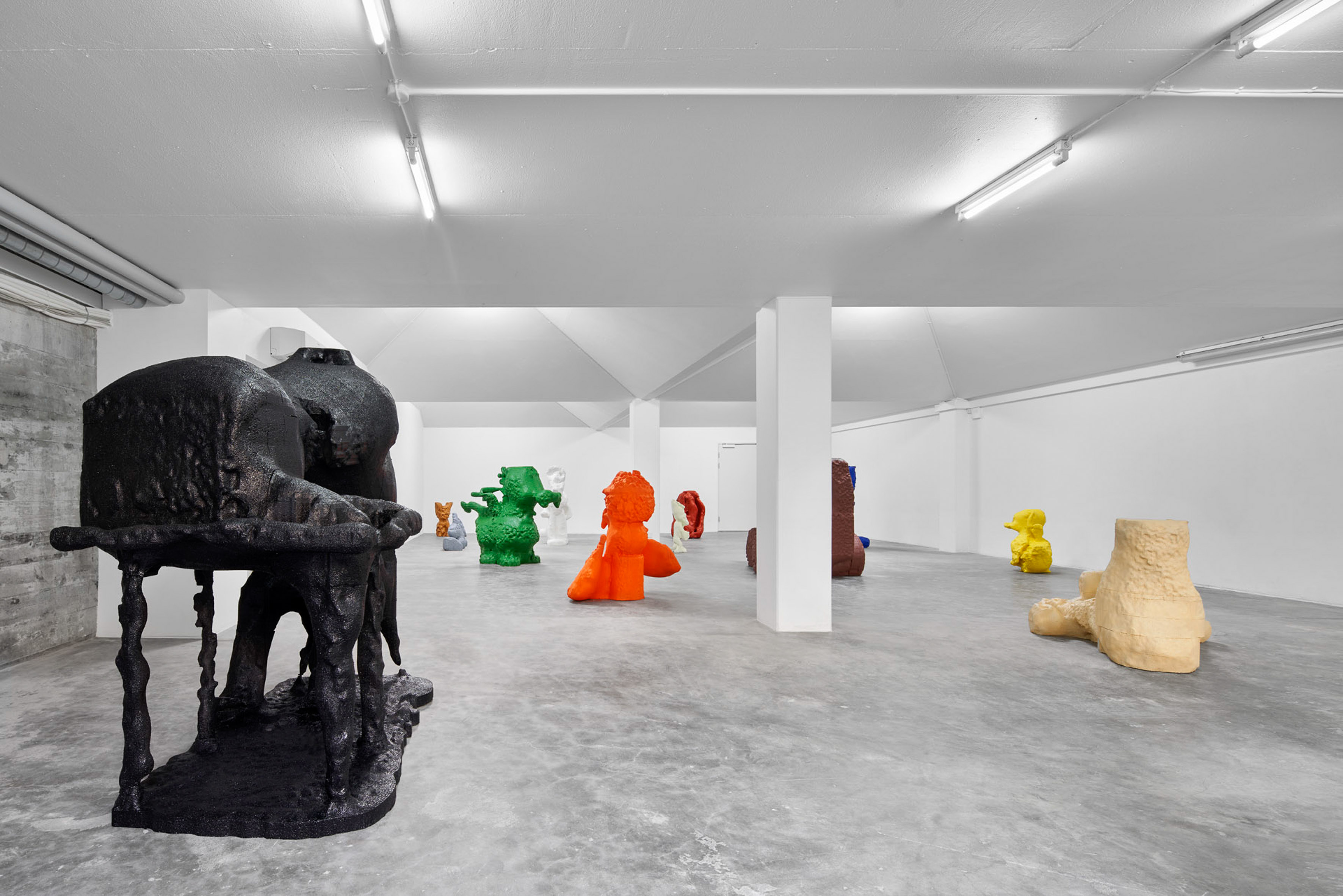
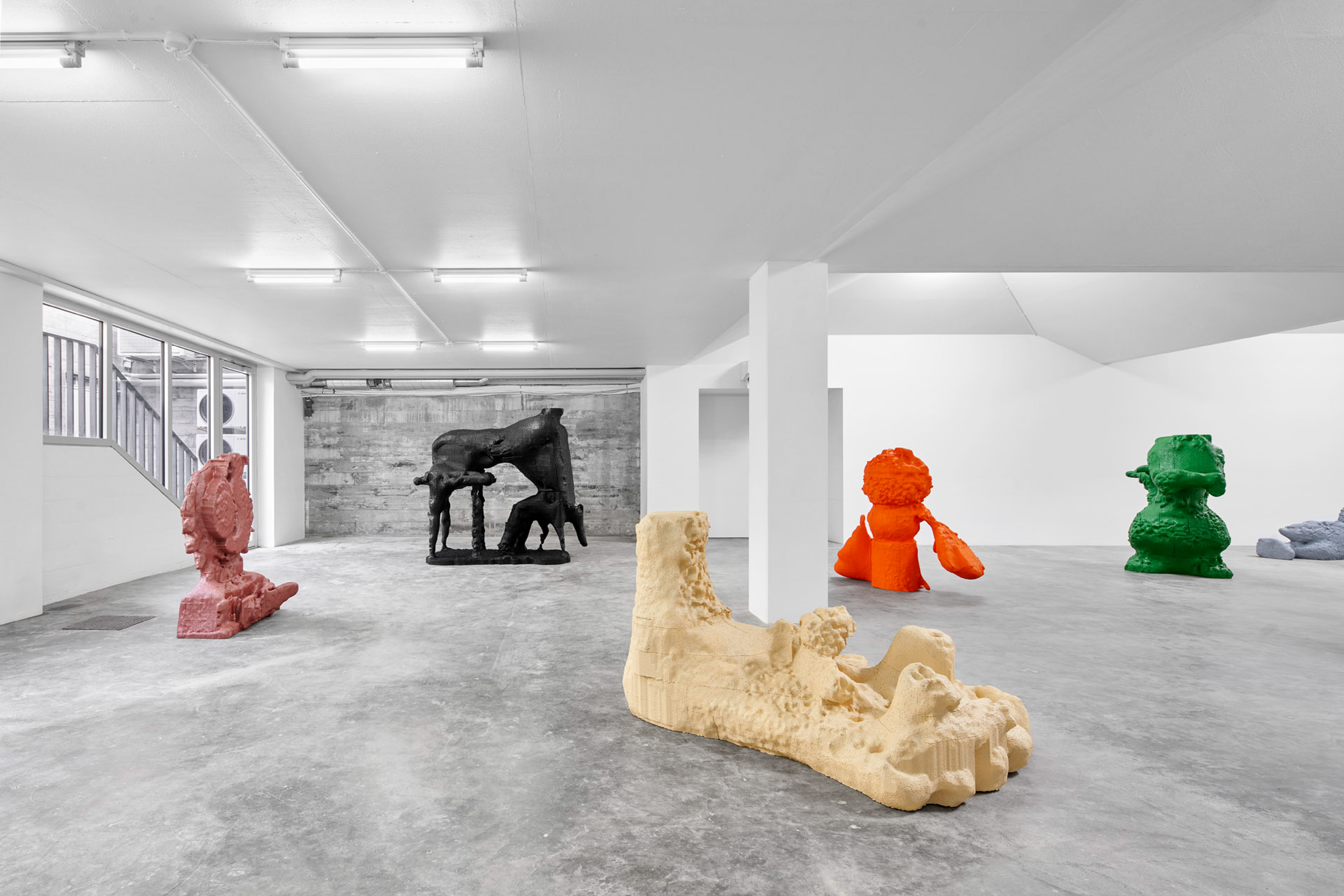









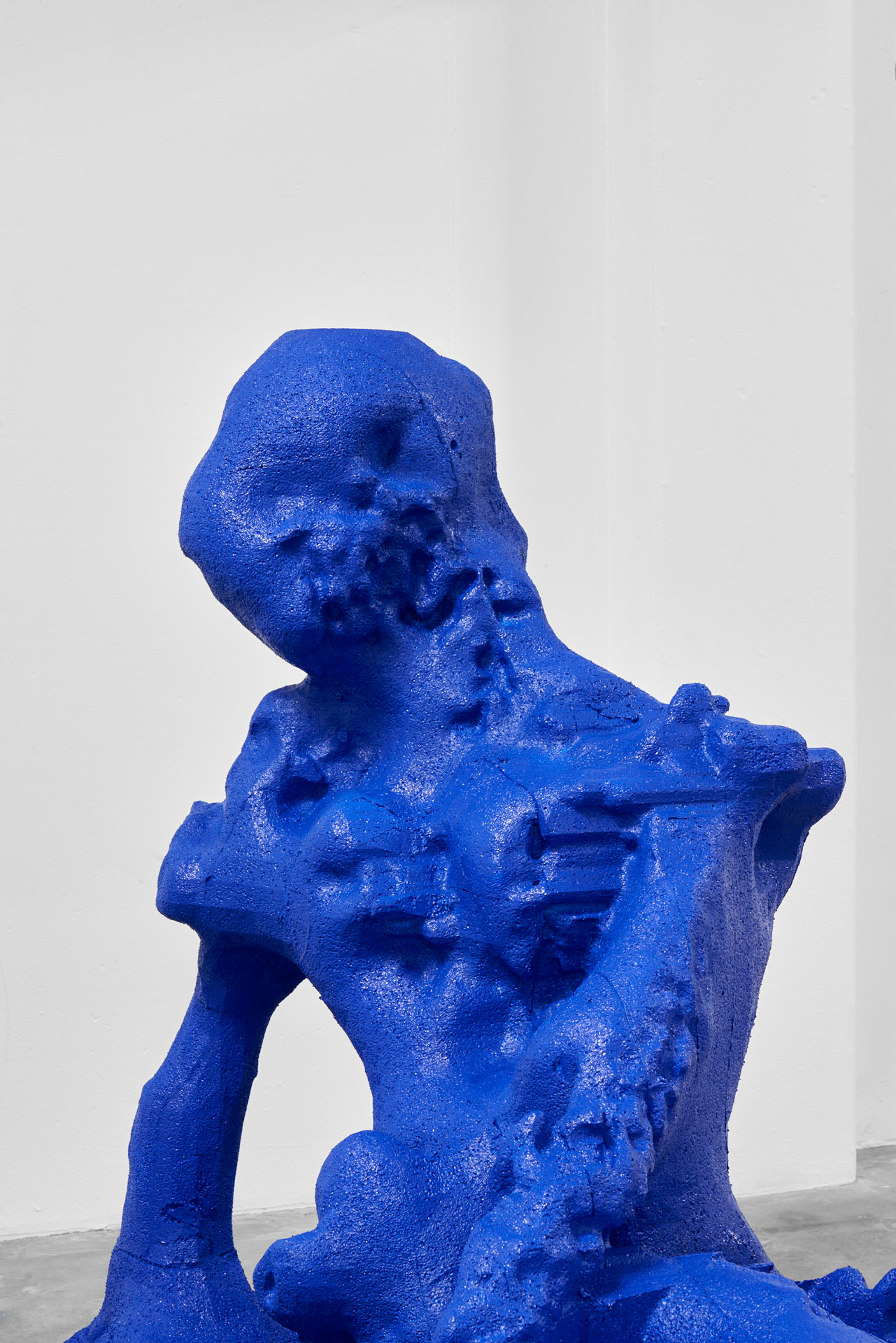
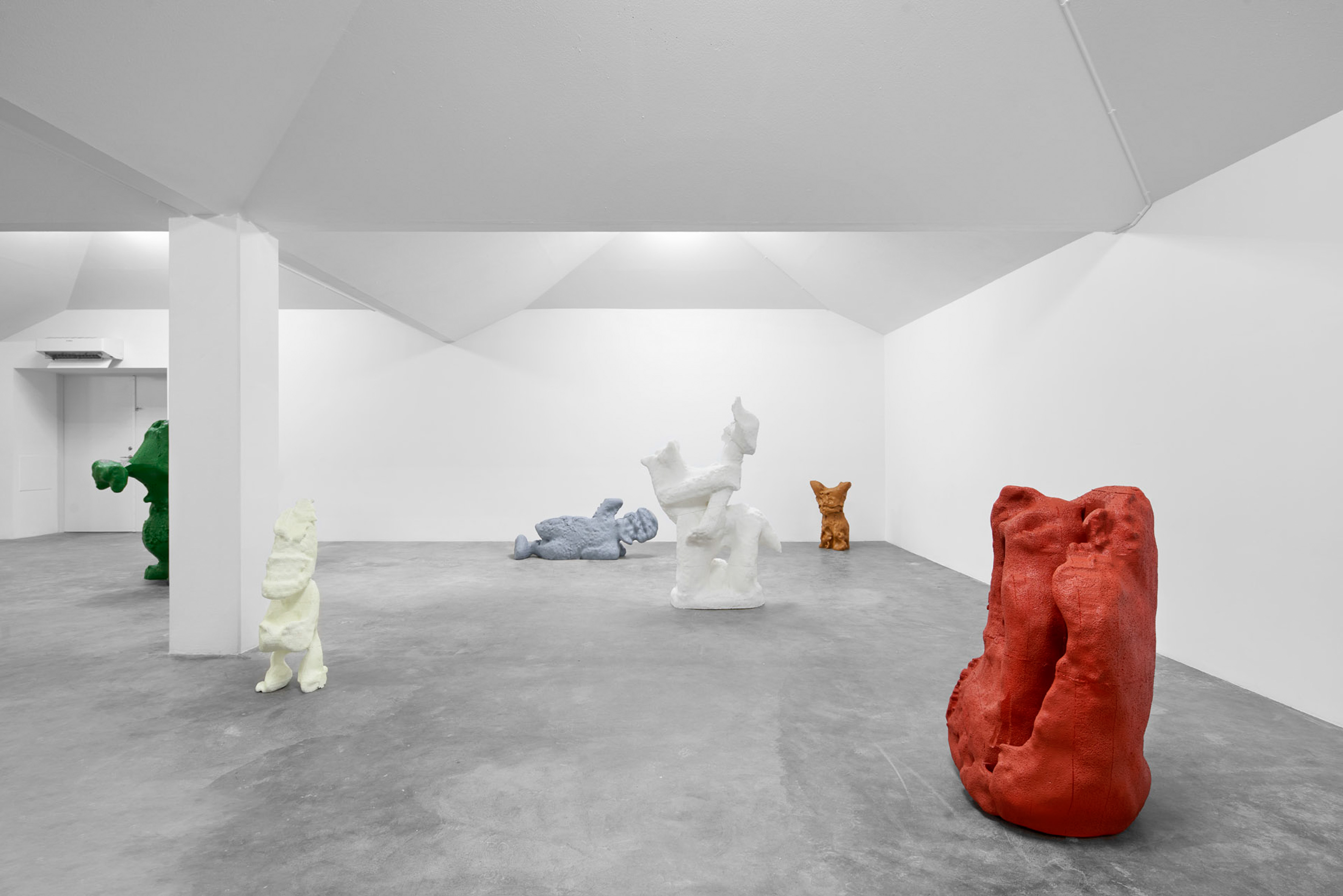






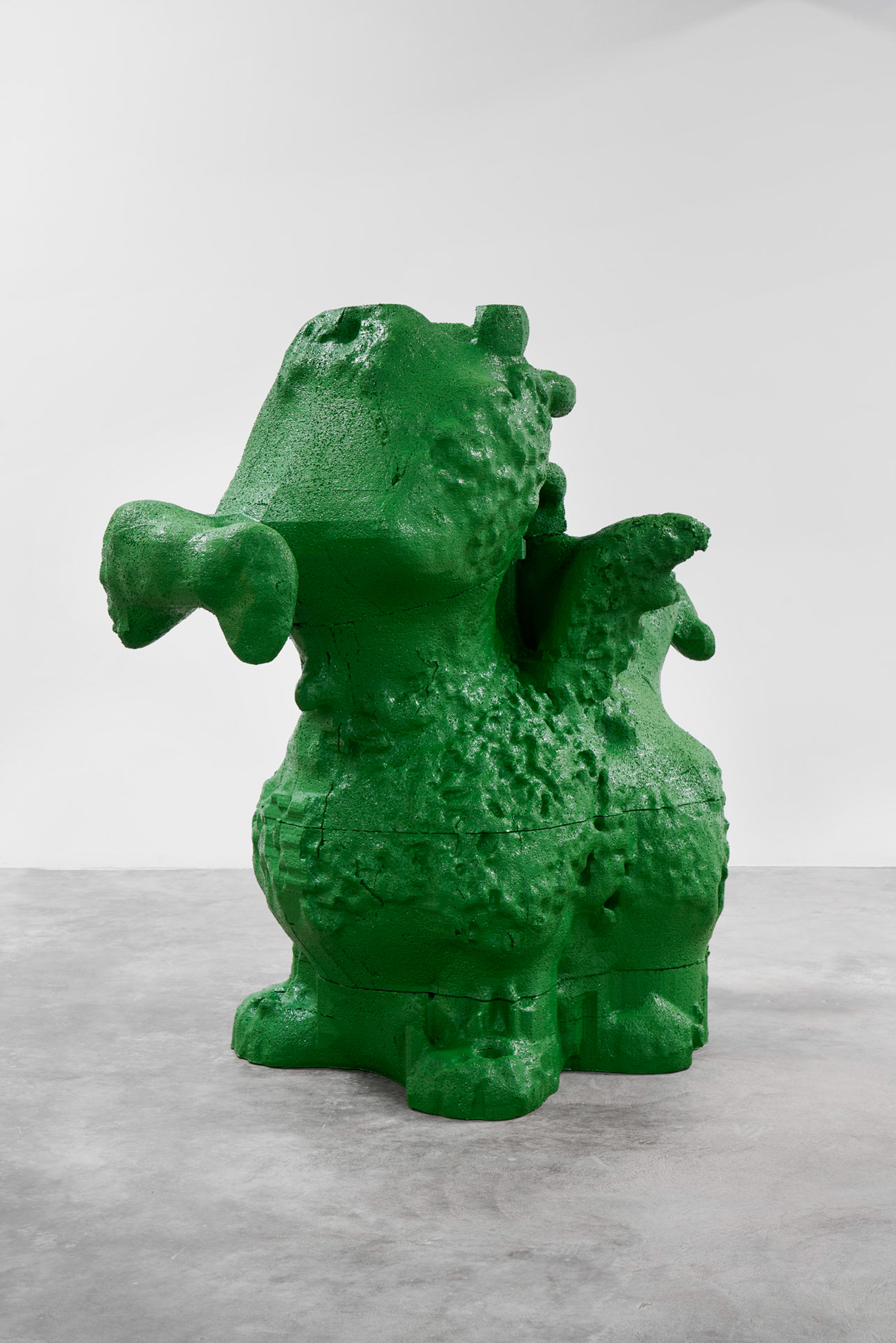

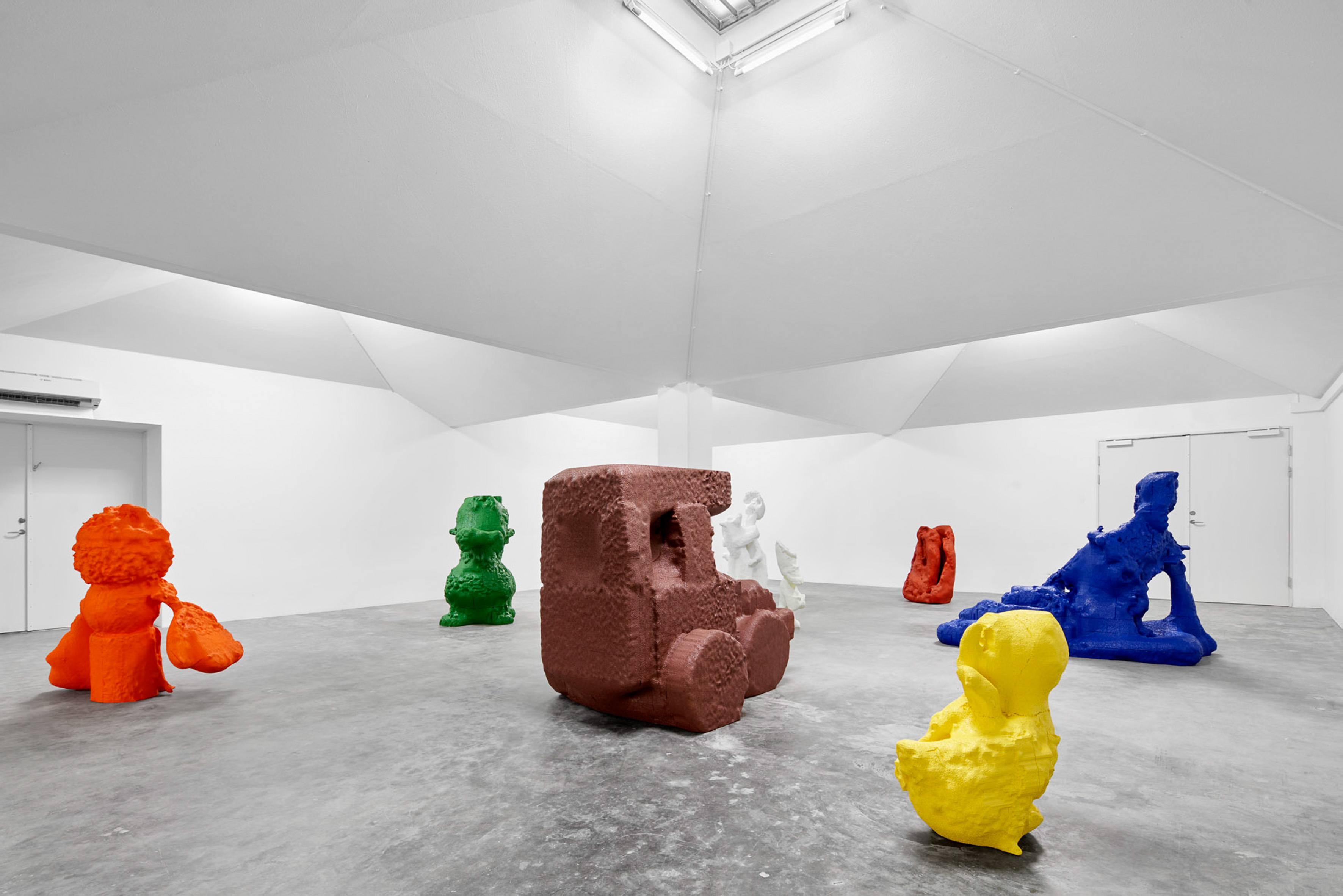

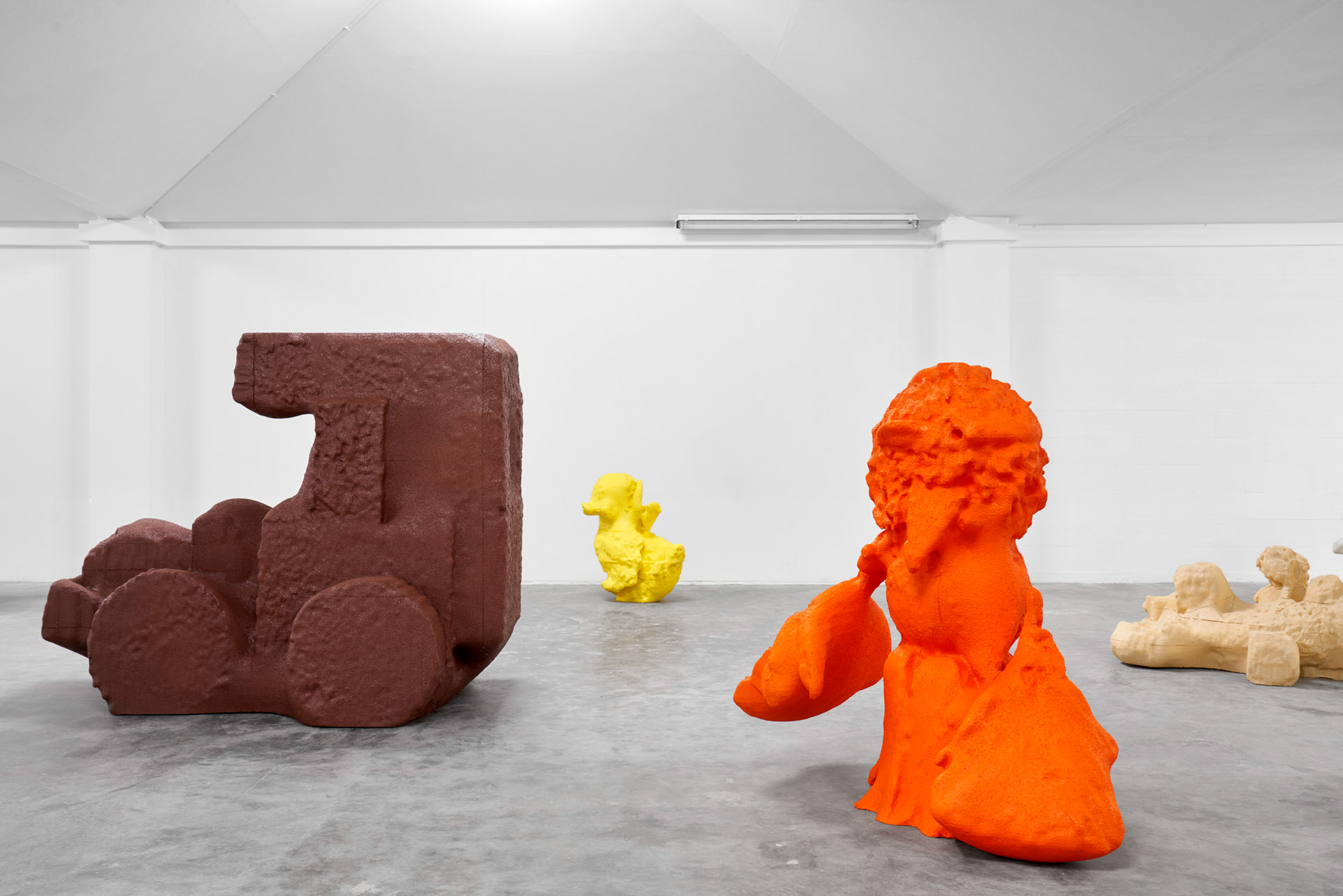
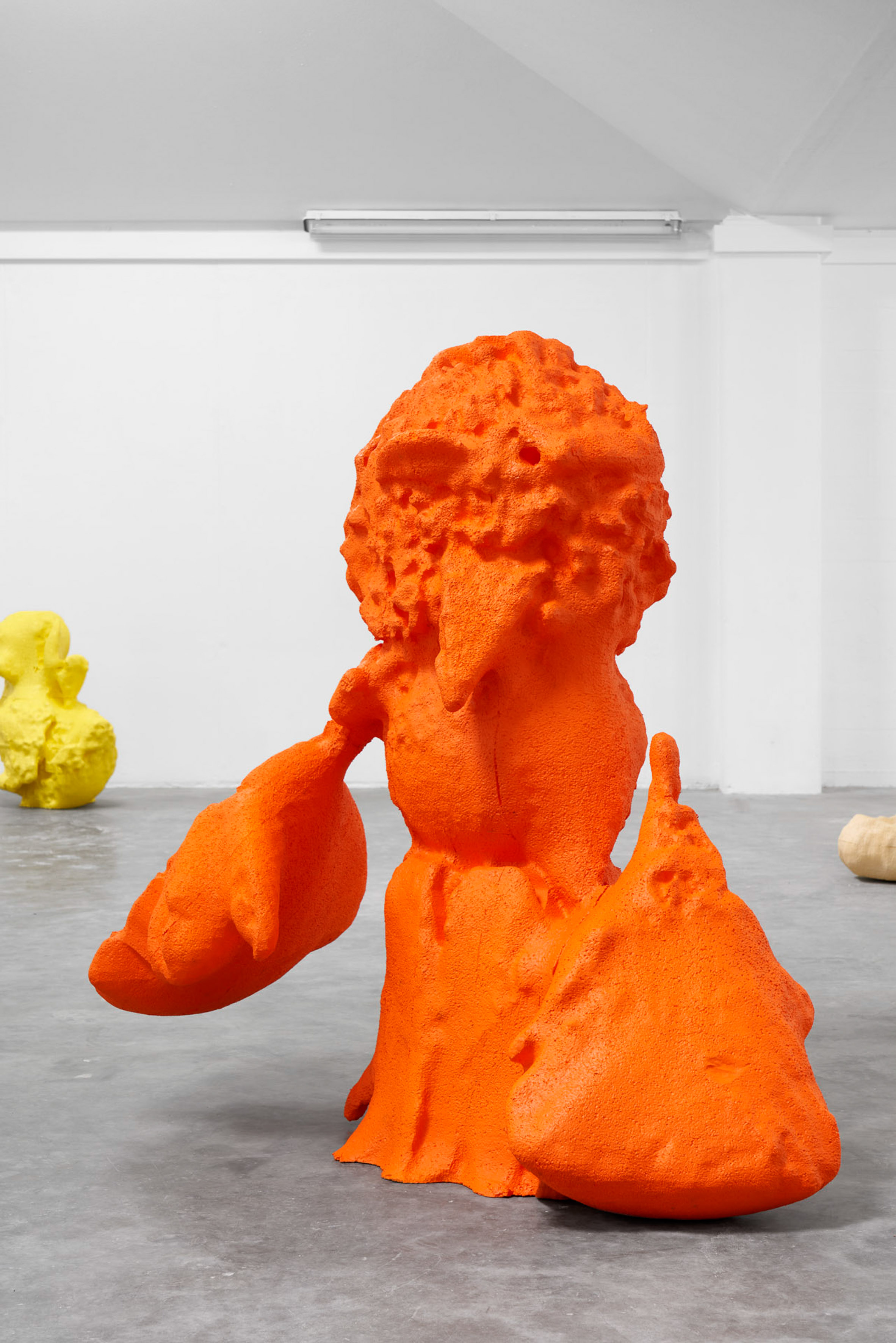
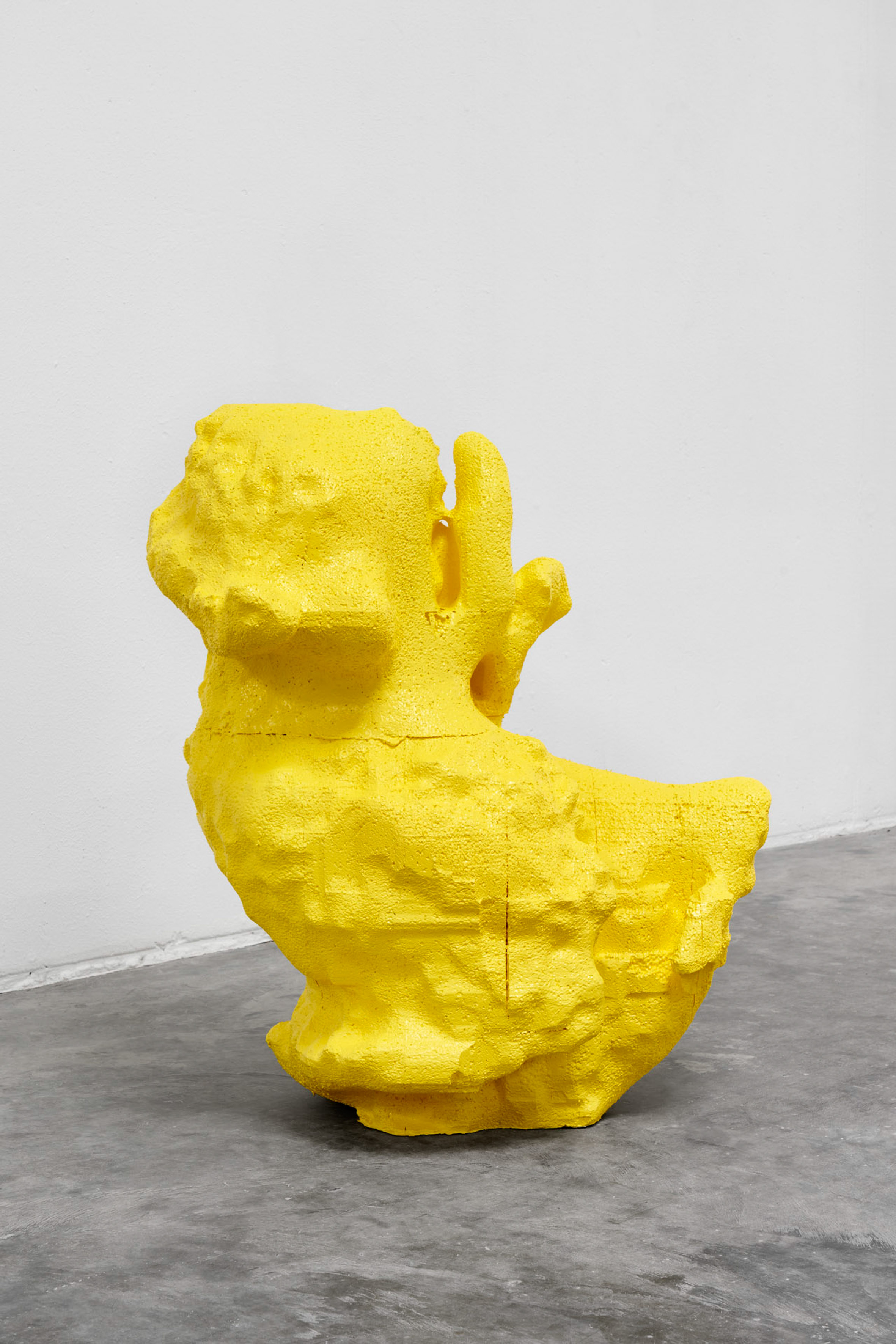

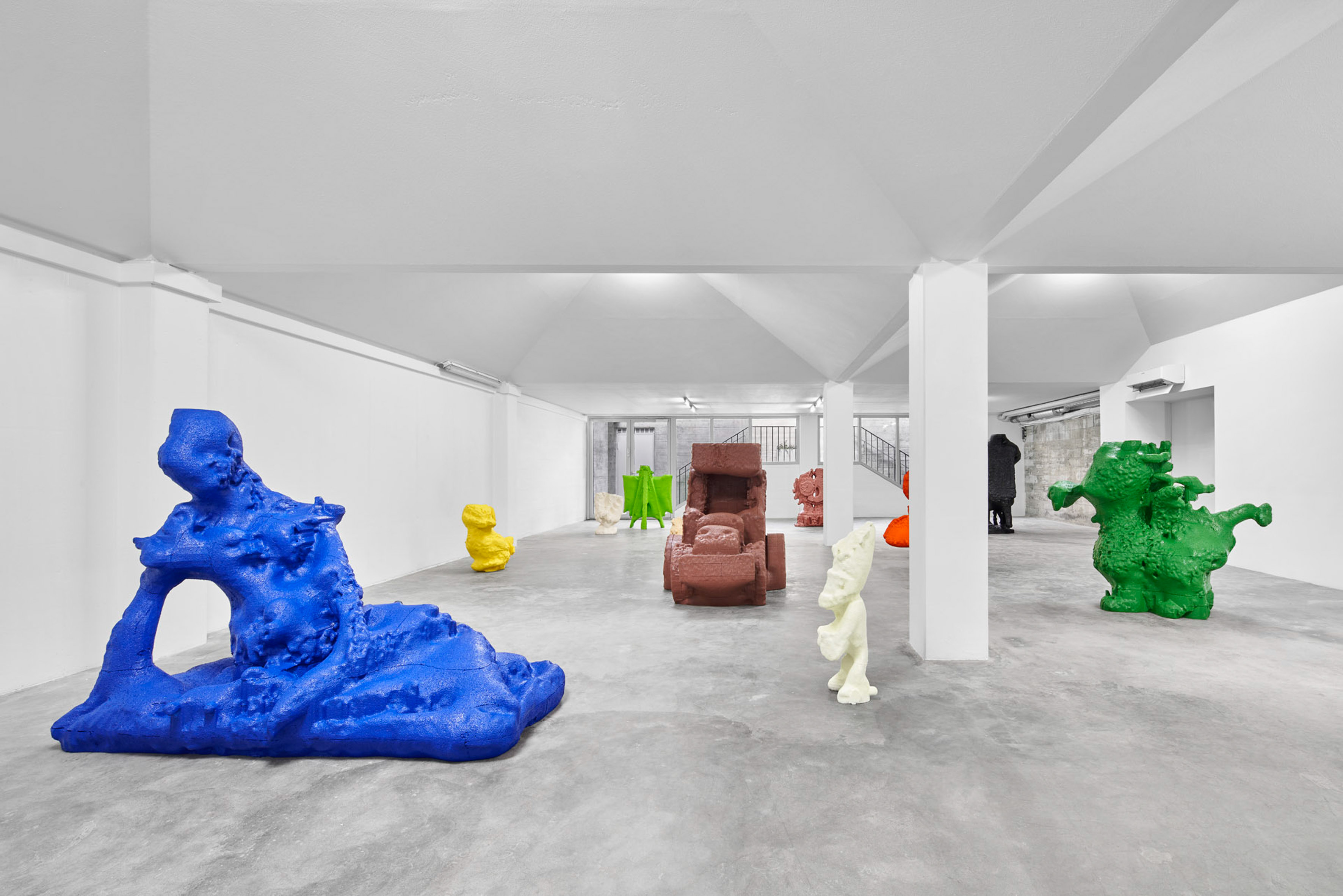
I have elevated the banal many times in the past. For example, in my recent book A Few Homers, tedious day jobs help to build aesthetics while paying the bills. Mads Lindberg gives me another opportunity to look at the overlooked. For ten years, he has cleared out houses of the recently deceased in exchange for a steady salary. At one point, this job also became the opportunity for him to produce the body of work that he is now showing at Simian. Speaking from experience, he estimates 90 percent of what people leave behind is junk. The rest falls into either of these two categories: valuable stuff his boss resells, or the root of his sculptures now on show.
Mads and I spoke on the phone before I wrote this text. He mentioned the word folk, I mentioned the word scavenger. I think I mentioned the wrong word and he did the right one. The way he uses a few objects he retains from his day job to make artworks has nothing to do with scavenging. There is nothing careful about scavenging – true need-driven effort associated with mindlessly eating carcasses – Mads’ pieces are instead rather careful; not in the way of being polite or sentimental, but rather genuine, transparently picking up death’s souvenirs while keeping far from the macabre.
Folk is a more appropriate term for Mads’ art, as in, that’s all folks. That was your life, if you didn’t see it leaving in a whiff. Mads doesn’t mean to be so dark as he does curious. His personal effects that are not his, consist of banal things such as kitschy souvenirs from the well -deserved summer holiday of the common Danish worker, forgotten toys, items from odd collections that never made it outside one’s living room or any other dark corner. Mads turns these things into sculptures thanks to an inexpensive 3D scanner available at the local library and a 3D milling company he found online, to which he also outsources a few of the final aesthetic decisions. His choice of color for the sculptures is straightforward too, respecting the general transparency of his art-making process: the most present color in the found object becomes the one of the sculpture.
Common people are thought unsophisticated until proven otherwise. The classism of such belief is overshadowed only by its wrongness. In an old issue of Cabinet Magazine, the New York-based artist Carrie Cooperrider writes about the secret collection of European toilet paper belonging to her grandmother. For twenty years post World War II, she’d conserved unprecious sheets in small amounts from her travels for whatever reason (a feeling of American superiority in toilet paper design and production has been suggested), yet with puzzling precision. Each sheet had accurate information about place of origin, circumstances of the “theft,” and notes by the collector. The collection was stored beautifully. What a maniac, one could say. “My grandma had a thrifty imagination,” writes Cooperrider. I disagree. Only to have no collection would be thrifty. Proof of dedication grounds sophistication, and makes its subject worth sharing, no matter how frugal. Nothing can be dull if cared for so much.
Ultimately, Mads’ sculptures make me wonder about beauties stored in private, or possibly little exhibited in window sill compositions, often found in the common houses in northern Europe (I have experienced those in the working class neighborhoods of the Netherlands and Belgium, but I heard Denmark offers many too). His process of transforming those objects of ordinary admiration through ordinary tools – simple scanner, online fabrication, straightforward coloring protocol – begs me to stop looking for reasons why people would lovingly preserve things like a plastic replica of an Ancient Greek vase bought at the Athens airport. Instead, I want to stay with them. The payoff is the cutest joy for the smallest cost. Life shines after all.
[Text: Piero Bisello]
©YYYYMMDD 2021 All content and design by Daniela Grabosch + Ricardo Almeida Roque unless otherwise stated. Images, Videos and Texts can only be used under permission of the author(s).